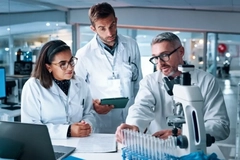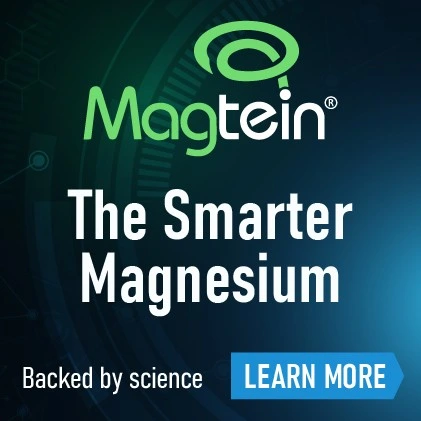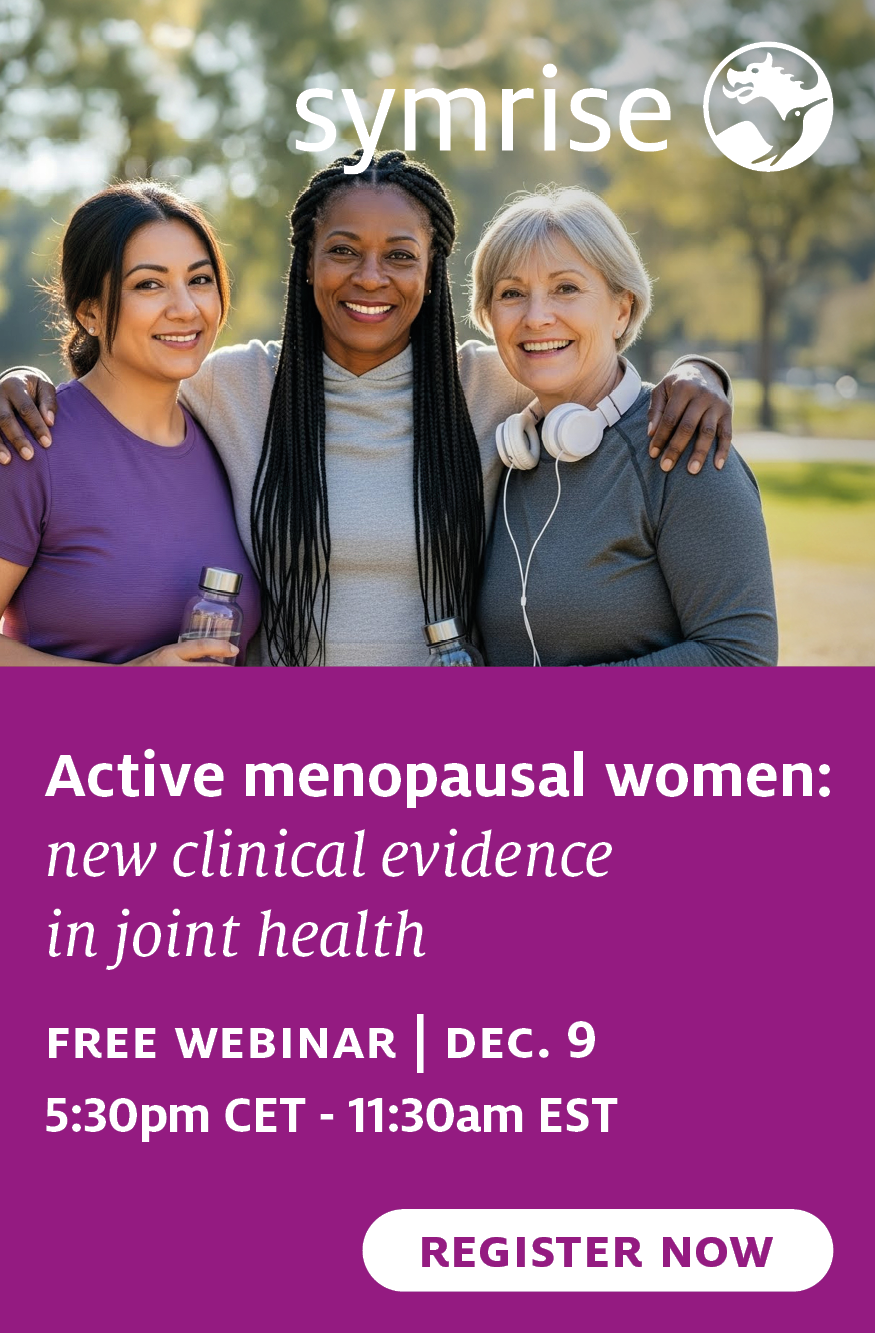Space nutrition: Fortification and bioengineering crops for long-term travel and habitation

New research highlights challenges and solutions to astronaut nutrition and health during space missions due to the environment of Low Earth Orbit (LEO). It reveals the nutritional composition of space-grown crops and identifies key nutrients and antioxidants along with their deficiencies. Scientists also warn that astronauts are more prone to intestinal permeability, or leaky gut syndrome, which prevents greater nutrient absorption.
The paper in NPJ Microgravity highlights that imbalances in nutrients can affect astronaut physiology, including bone health and immune function. These could be linked to altered gene expression pathways in microgravity during long missions.
The researchers examined solutions like bioengineering nutritious crops, incorporating antioxidant-rich species, and personalized nutrition guided by pharmacogenomics. They warn of a higher risk of deficiencies in calcium, iron, magnesium, and vitamins D, C, E, and B12.

They propose biofortification and customized supplementation to tackle these challenges for more resilient space agriculture systems supporting astronaut health and possibly future planetary habitation.
Space stations for experiments
LEO stations, including Tiangong-II and the International Space Station, are platforms for plant growth experiments. In this orbit, astronauts have reported weight loss once prepackaged food quality lowers over time.
The study notes that cosmic radiation challenges metabolic processes and plant nutrient compositions, causing them to have lower quality. The lack of gravity affects its growth and development, especially nutrient absorption, gas exchange, and photosynthesis. Additionally, researchers point to water, nutrients, and cultivation volume in space having negative impacts on the crop nutrition and yield.
For instance, calcium is well-known to impact plants grown on the ISS and the astronauts’ health. The researcher notes that Ca2+ signaling might be “gravidependent.” A lack of this mineral can increase the risk of bone density loss.
 Researchers warn of a higher risk of deficiencies in calcium, iron, magnesium, and vitamins D, C, E, and B12 during space travel.The researchers stress the need for an adequate nutrient supply during space travel for better health and preparing for potential human habitation beyond Earth.
Researchers warn of a higher risk of deficiencies in calcium, iron, magnesium, and vitamins D, C, E, and B12 during space travel.The researchers stress the need for an adequate nutrient supply during space travel for better health and preparing for potential human habitation beyond Earth.
Lettuce in space versus Earth
The researchers analyzed studies carried out on Tiangong II space station and the ISS Veggie system, which compared the nutritional content of space-grown crops to those on Earth.
Their study found that space-grown lettuce had higher potassium levels. “An increase in K content of plant tissues is beneficial, as K in humans plays a crucial role in maintaining proper fluid balance, nerve signals, and muscle contractions,” reads the paper.
However, the space-grown lettuce had lower calcium, magnesium, and iron concentrations.
Another study showed the same trends and other variations. The potassium levels remained stable between space and Earth-grown crops. However, calcium decreased, iron increased, while zinc and phosphorus levels increased.
The researcher notes that lower calcium levels in space-grown crops fall short of the recommended 1,000–1,300 mg/day.
“While Fe content in space-grown crops appears sufficient, the bioavailability of Fe in plant sources is generally lower than in animal sources, which could still lead to potential deficiencies,” adds the paper.
“These findings highlight the need for careful nutritional planning and potential supplementation strategies for long-term space missions relying on LEO-grown food sources to avoid nutrition-related diseases appearing on future missions.”
High anti-oxidant levels
The researchers also examine data on metabolites and antioxidants in space-grown crops, focusing on phenolic compounds, oxygen radical absorbance capacity (ORAC), anthocyanins, and carotenoids. They are markers of nutritional quality and antioxidant properties.
 An alternative to nutrient supplementation is biofortification through genetic or agronomic practices.Anthocyanin levels are noted to be stable between space and Earth crops, with the lettuce providing sufficient levels. According to the researchers, consuming this compound prevents cardiovascular diseases, type 2 diabetes, liver diseases, osteoporosis, and age-related macular degeneration.
An alternative to nutrient supplementation is biofortification through genetic or agronomic practices.Anthocyanin levels are noted to be stable between space and Earth crops, with the lettuce providing sufficient levels. According to the researchers, consuming this compound prevents cardiovascular diseases, type 2 diabetes, liver diseases, osteoporosis, and age-related macular degeneration.
Adequate levels of polyphenols are necessary for preventing cardiovascular diseases, diabetes mellitus, and cancer. However, its daily intake is challenging due to varying levels in food and individual absorption rates.
The Veggie 2 study found space-grown lettuce is well below the average American intake of 450 mg per day. However, another Veggie 1 study showed that polyphenol levels were higher than on Earth, showing a potential stress response to the space environment.
Another study found changes in secondary metabolites in ISS-grown plants, including an increase in phenylpropanoid peak and a decrease in carotenoids, suggesting spaceflight-induced stress and stress response hormone production, possibly due to reactive oxygen species oxidation. Phenylpropanoids are needed for plant growth, development, and defense mechanisms.
The researchers discovered that higher antioxidant capacity in space-grown crops results in increased ROS production in plants, raising concerns about potential toxicity when used in astronaut diets.
“The combination of nutritional deficiencies and elevated ROS in space-grown plants consumed by astronauts may present substantial health risks during extended space missions. These factors could potentially trigger a variety of diseases and disorders, jeopardizing both mission success and astronaut health,” reads the paper.
On the other hand, the paper highlights the potential of quercetin, a potent flavonoid antioxidant that scavenges free radicals and inhibits oxidative stress.
The researchers highlight that several space-grown plants showed to be good sources of quercetin, such as onions, lettuce, and broccoli. They may even have enhanced flavonoid production in microgravity and prevent cancer initiation and progression.
Future crops and bioengineering
The researchers note that changes in the calcium signaling pathways of astronauts happen independent of the low calcium content in space-grown lettuce.
 Plants high in calcium, such as soybeans, parsley, garlic, and flax, are being considered for space agriculture programs to supplement astronaut diets.They spotlight plants high in calcium, which are being considered for space agriculture programs to supplement astronaut diets, such as soybeans, parsley, garlic, and flax.
Plants high in calcium, such as soybeans, parsley, garlic, and flax, are being considered for space agriculture programs to supplement astronaut diets.They spotlight plants high in calcium, which are being considered for space agriculture programs to supplement astronaut diets, such as soybeans, parsley, garlic, and flax.
“These plants not only offer substantial amounts of calcium but have also demonstrated adaptability to space environments in previous experiments,” adds the paper.
“While leafy greens like lettuce and cabbage contain less calcium, they have proven to be practical choices for space cultivation due to their relatively quick growth cycles and adaptability to controlled environments.”
Since spaceflights affect bone density and calcium metabolism, the researchers suggest incorporating nutrients like quercetin, vitamin D, and L-glutamic acid, which can help modulate the calcium pathways and support bone density.
“By incorporating foods rich in these nutrients into space agriculture programs and astronaut diets, it may be possible to counteract some of the negative impacts of microgravity and radiation on calcium signaling and bone metabolism during long-duration space missions,” the researchers write.
They suggest that an alternative to nutrient supplementation is biofortification through genetic or agronomic practices.
“Biofortifying plants like lettuce with key nutrients and vitamins — such as calcium, vitamin D, and magnesium — could provide astronauts with a reliable food source that helps mitigate the effects of space-induced changes in bone metabolism,” details the paper.
“Biofortification and plant-based systems have shown great promise for delivering therapeutic proteins that could address bone loss directly.”
Advancements in plant biotechnology have enabled the expression of therapeutic proteins like modified parathyroid hormone (PTH-Fc), which is an easy and sustainable way to treat osteoporosis and bone health issues during space missions.
Finally, to help prevent and address leaky gut in astronauts, the researchers recommend focusing on vitamins A and D, as well as short-chain fatty acids (SCFAs), like butyrate. Meanwhile, deficiencies in B vitamins can lead to disruptions in the intestinal epithelial barrier.
“Identifying foodstuffs that are rich in the aforementioned nutrients, can be readily grown, and are resistant to the challenges of the space and extraterrestrial environment should be a primary goal for agencies looking toward long-duration, self-sustaining missions,” concludes the paper.













